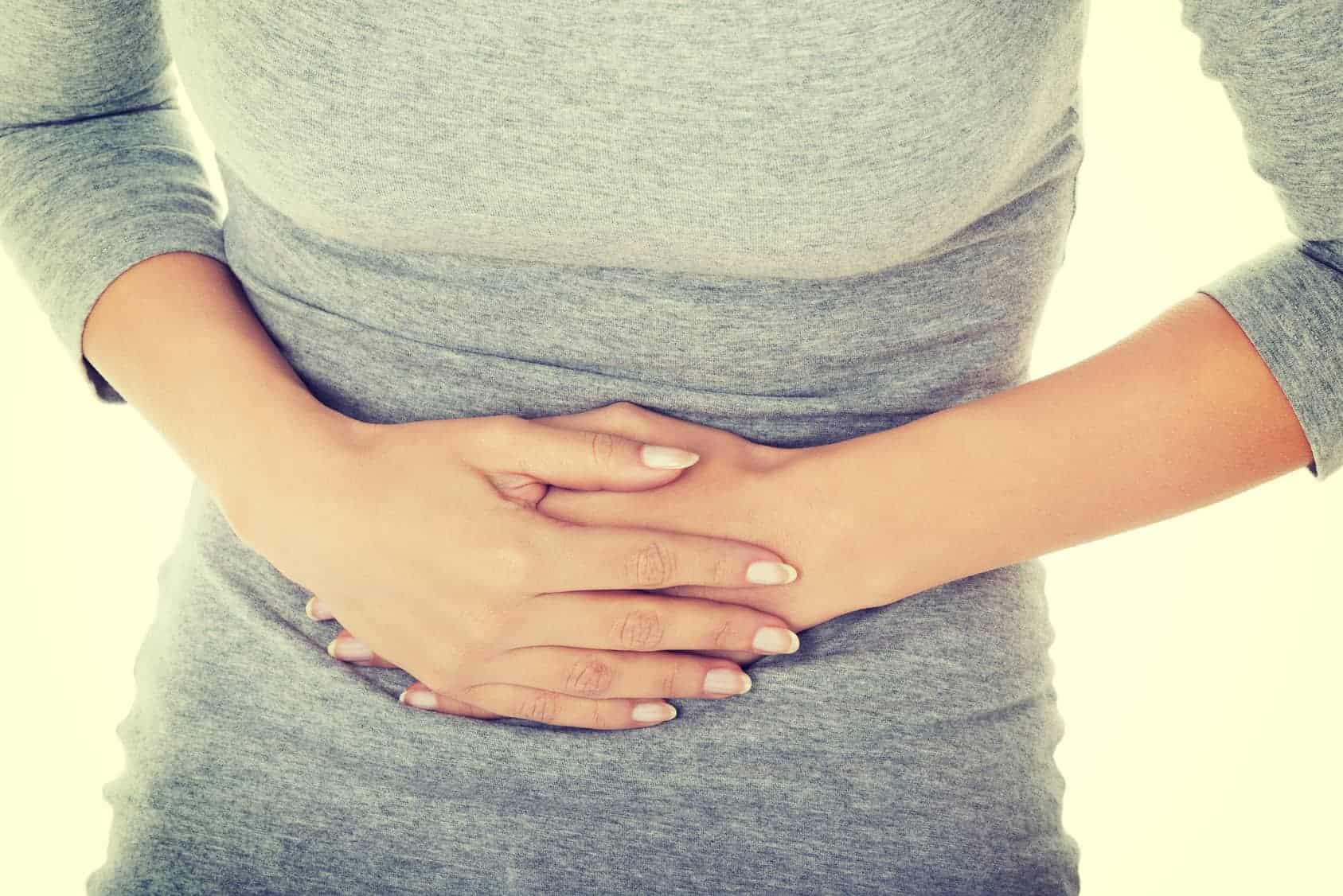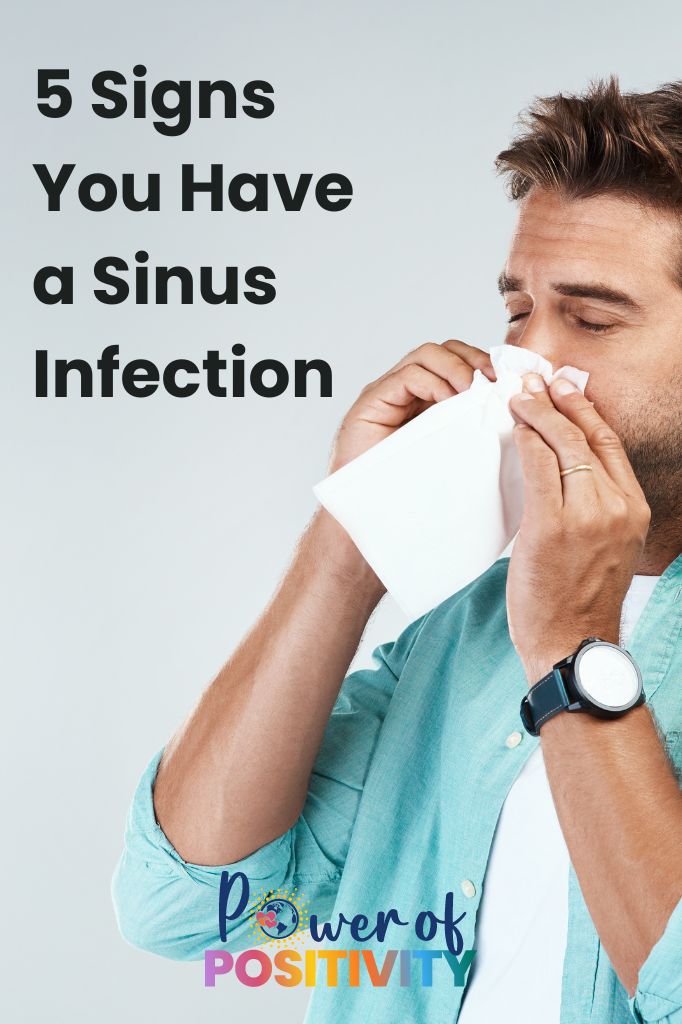Ever feel like your body is trying to tell you something, but you’re not sure what? It could be showing signs you have a Candida infection. This sneaky fungus can grow out of control and mess with everything from your gut to your energy levels. While Candida is a natural part of your body, when it overgrows, it can lead to a long list of frustrating symptoms.
Many people suffer in silence, not even realizing that candida is behind their bloating, brain fog, or recurring yeast infections. But you’re not alone—and there’s good news. You can take control of your health by recognizing the signs early.
In this article, we’ll explore 15 key signs that might indicate a candida overgrowth. Let’s dive in and help you feel more in tune with your body again. You deserve to feel your best!
Causes of Candida Overgrowth
Candida overgrowth, which leads to infections like thrush and vaginal yeast infections, occurs when the balance of yeast and healthy bacteria in the body is disrupted. Here are some common causes:
- Antibiotics: Antibiotics often wipe out beneficial bacteria in the gut, creating an environment where Candida can thrive.
- High-Sugar Diets: Diets rich in refined carbohydrates, sugars, and yeast promote yeast growth, increasing the risk of Candida overgrowth.
- Weakened Immune System: People with compromised immune systems, such as those with uncontrolled diabetes, HIV, or cancer, are more susceptible to Candida infections.
- Hormonal Changes: Pregnancy, menopause, and the use of oral contraceptives can alter the body’s balance of bacteria, making it easier for Candida to multiply.
- Stress and Lifestyle Factors: High stress levels, poor hygiene, wearing tight or damp clothing, and even smoking contribute to creating favorable conditions for Candida growth.
By managing these triggers—such as improving diet, reducing stress, and avoiding unnecessary antibiotic use—you can reduce the chances of Candida overgrowth and its associated infections.
15 Signs You May Have a Candida Infection
1. Digestive Issues
Candida often begins in the digestive system, leading to discomfort like bloating, gas, constipation, or diarrhea.
These typical symptoms occur when Candida outnumbers the beneficial bacteria in your gut, weakening the digestion process.
People with Candida overgrowth may experience a persistent feeling of fullness, stomach cramps, or nausea.
2. Recurring Yeast Infections
Vaginal yeast infections are a hallmark of Candida overgrowth. This can cause symptoms such as itching, swelling, and a thick, white discharge.
In men, it can present as redness, itching, and discomfort around the genital area. For some, recurring yeast infections indicate an imbalance in the gut that needs to be addressed.
3. Oral Thrush
Oral thrush occurs when Candida spreads to the mouth, leading to white patches on the tongue, inner cheeks, and throat.
This can cause pain while eating or swallowing, along with a loss of taste. Oral thrush is particularly common in people with weakened immune systems, newborns, and those who wear dentures.
4. Chronic Fatigue
If you’re feeling tired and sluggish despite getting adequate sleep, Candida could be the culprit. Chronic fatigue syndrome, which causes persistent tiredness lasting more than six months, has been linked to Candida overgrowth. This happens as the body struggles to manage the internal fungal imbalance, draining your energy reserves.
5. Sinus Infections
Candida can also lead to recurring sinus infections. Symptoms like persistent nasal congestion, post-nasal drip, and sinus pressure that don’t improve with antibiotics may be due to fungal overgrowth.
According to studies, chronic sinus problems are occasionally mistaken for bacterial infections when they may actually be due to Candida.
6. Skin and Nail Fungal Infections
Candida is frequently the cause of athletes’ foot, toenail fungus, and other fungal skin infections. People with recurring skin rashes or psoriasis-like symptoms might find that these flare-ups coincide with yeast overgrowth. Candida-induced skin infections tend to be persistent, often returning after treatment.
7. Hormonal Imbalance
Candida overgrowth can disrupt your body’s hormonal balance, leading to symptoms like mood swings, premenstrual syndrome (PMS), and even early menopause.
This is due to Candida producing a byproduct that mimics estrogen, potentially leading to further imbalances in the body’s natural hormone production.
8. Brain Fog
Many people with Candida overgrowth experience cognitive issues like poor memory, difficulty concentrating, and brain fog.
These mental symptoms are often tied to the toxins Candida releases into the bloodstream, which can interfere with normal brain function, leaving you feeling scattered or forgetful.
9. Urinary Tract Infections (UTIs)
UTIs are commonly associated with bacteria, but Candida can also be the root cause, especially if they are recurring. UTIs caused by Candida can cause similar symptoms—burning sensation while urinating, frequent urination, and lower abdominal discomfort—but will not typically respond to standard antibiotics.
10. Food Sensitivities
Candida can weaken the gut lining, leading to what is known as “leaky gut” syndrome. As a result, your body may become more sensitive to certain foods.
Common symptoms include bloating, gas, or stomach pain shortly after eating. These sensitivities can often extend to previously tolerated foods, like dairy or gluten.
11. Joint Pain
Candida can enter the bloodstream and lead to inflammation throughout the body, including the joints. This can result in symptoms similar to arthritis, with pain, stiffness, and swelling in the affected areas. Joint pain from Candida is typically persistent and does not improve with conventional treatments.
12. Mood Swings
A surprising connection exists between gut health and mental well-being. Candida overgrowth has been linked to increased anxiety, depression, and irritability.
This is likely due to the toxins Candida releases, which can affect neurotransmitters and contribute to feelings of anxiety and low mood.
13. Sugar Cravings
Candida feeds on sugar, and one of the key symptoms of overgrowth is strong cravings for sugary or refined carbohydrates.
The more sugar you consume, the more Candida can thrive, creating a vicious cycle of cravings and overgrowth. These cravings can be hard to manage without addressing the root cause.
14. Bad Breath
Chronic bad breath, also known as halitosis, is often tied to Candida overgrowth in the mouth, or oral thrush.
The fungal overgrowth creates a foul odor that can persist even with regular oral hygiene practices. If you’ve tried treating bad breath without success, it might be time to consider Candida as a possible cause.
15. Weight Gain or Difficulty Losing Weight
Candida overgrowth can affect metabolism, making it more challenging to lose weight. This is because Candida interferes with hormone regulation and can contribute to sugar cravings, both of which can lead to weight gain or difficulty shedding pounds, even when following a healthy lifestyle.
Candida infections can manifest in many ways, often going undetected until symptoms worsen.
If you’ve been feeling off lately—experiencing fatigue, digestive discomfort, or recurring infections—it could be a sign of Candida overgrowth.
How to Test for Candida Overgrowth
To test for Candida overgrowth, three primary medical tests are commonly used: blood, stool, and urine tests.
- Blood Tests: A Candida blood test looks for antibodies such as IgG, IgA, and IgM, which indicate whether your immune system is reacting to a Candida infection. High levels of these antibodies can suggest an overgrowth or past exposure to Candida.
- Stool Tests: A stool test is one of the most accurate methods for detecting Candida overgrowth in the gastrointestinal tract. It examines the presence of Candida and other microorganisms, along with analyzing the health of gut flora. The GI-MAP, a DNA-based stool test, is considered one of the most comprehensive for detecting yeast and related pathogens.
- Urine Tests: Urine tests, specifically Organic Acid Tests (OAT), measure compounds that are byproducts of Candida metabolism. These tests can detect D-arabinitol, a marker for Candida overgrowth.
Natural Remedies for Candida
To naturally manage Candida overgrowth, diet and natural antifungal treatments are key. Reducing sugar and increasing probiotics helps restore gut balance, while natural antifungals actively fight Candida.
- Low-sugar diet
- Probiotics
- Garlic
- Oregano oil
- Tea tree oil
- Coconut oil
- Pau d’Arco tea
- Olive leaf extract
- Apple cider vinegar
- Grapefruit seed extract
Farewell, Fungi Fighter!
Incorporating natural remedies for Candida into your routine can help restore balance and alleviate symptoms effectively.
From diet changes to antifungal treatments like garlic and probiotics, these solutions offer gentle, yet powerful support for your gut health. Remember, consistency is key!
With a little patience, you’ll be on your way to feeling better—and your gut will thank you for it. Keep those healthy habits rolling, and don’t let Candida crash your vibe!




















